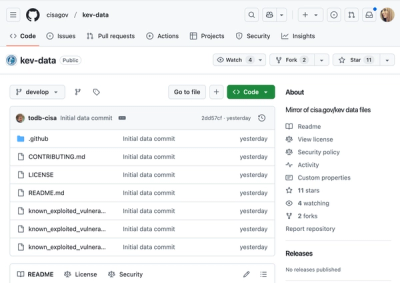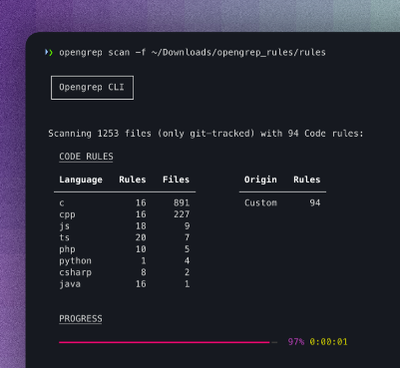Braingraphgeo


Braingraphgeo is a package for performing analysis on structural brain networks
using random geometric surrogate graphs.
Data and examples stem from a manuscript currently under review at NeuroImage:
Trinkle, S., Foxley, S., Wildenberg, G., Kasthuri, N., La Rivière, P., “The role
of spatial embedding in mouse brain networks constructed from diffusion
tractography and tracer injections,” Under review at NeuroImage, 2021.
For more information, see my blog
post
Installation
braingraphgeo can be installed with pip:
pip install braingraphgeo
For local installation, first clone the repo:
git clone https://github.com/scott-trinkle/braingraphgeo.git
cd into the directory:
cd braingraphgeo
and run (preferably in a virtual environment):
pip install -e .
Usage
The primary utility of braingraphgeo is the creation of geometric surrogate
graphs for statistical analysis of brain networks:
from braingraphgeo.surrogates import geomsurr
W = np.load(data_path) # 2D weighted connectivity matrix
D = np.load(distance_path) # 2D array of node distances
Wgeo = geomsurr(W,D) # geometric surrogate connectivity matrix
The package also includes a number of utilities for creating additional random
graphs, loading data, and generating useful data visualizations. It also
integrates well with external graph theory packages such as
networkx.
Examples for using braingraphgeo with the sample data are available
as Jupyter notebooks in examples/
Data
Example data represent weighted structural brain graphs derived from neural
tracer imaging and diffusion MRI tractography. Graphs are stored as weighted
adjacency matrices in .csv files. Nodes are defined as anatomical regions
detailed in the Allen Mouse Brain
Atlas. "XXX-I" and "XXX-C" in the
column and index titles of the data files represent ipsilateral and
contralateral nodes, respectively. For access to the Allen brain atlas I
recommend using the allensdk:
from allensdk.core.mouse_connectivity_cache import MouseConnectivityCache
mcc = MouseConnectivityCache()
tree = mcc.get_structure_tree()
Parcellation information for the 286 nodes in the datasets is also available in
data/parcellation.csv which contains columns for Allen ID, Acronym, Full Name,
and Brain Division.
Node locations in 3D physical coordinates are available in data/node_positions.csv
Edge weights for the tracer data (data/tracer.csv) are defined using the
normalized connection density metric from the Knox computational
model
(code available
here).
Edge weights for the dense (data/tract_dense_n*.csv) and endpoint
(data/tract_endpoint_n*.csv) tractography graphs represent raw streamline
counts between nodes, normalized by the product of the two node volumes.
Tractography graphs were constructed from diffusion MRI data of postmortem mouse
brains. All diffusion MRI data were collected at the University of Chicago, and
tractography was performed with MRTrix3.
For fair comparison between tractography (based on an inherently symmetric
diffusion metric) and tracers (based on injections to a single hemisphere),
graphs have been made undirected and have enforced hemispheric symmetry: W = W.T.
Distances between nodes are available in the same format in
data/fiber_distances.csv. Distances are measured in mm and represent the
shortest streamline connecting each pair of nodes averaged across all
tractography datasets.




